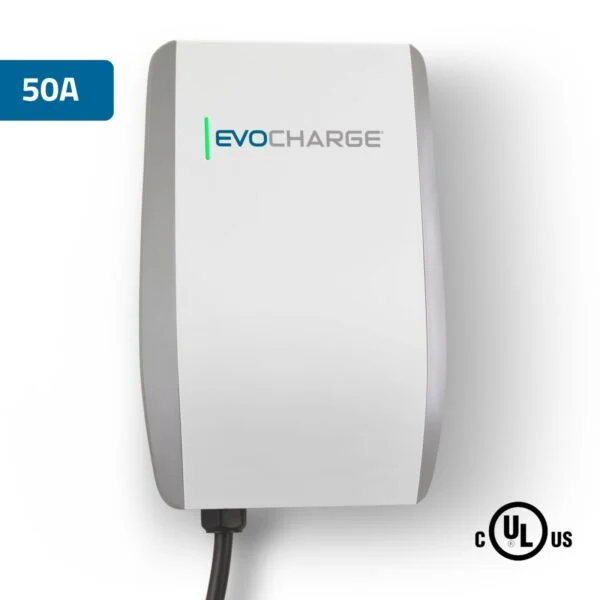The United States government passed legislation in 2009 allowing for a tax credit of up to $7,500 on certain types of new electric vehicle (EV) purchases. The bill went into effect in 2010 and it still applies. But how does the electric car tax credit work? Knowing what a qualifying purchase is and how to maximize your value could go a long way in helping provide you with a cost-effective and reliable vehicle that will serve you well while you help build a sustainable future.
What vehicles are eligible for electric car tax credits?
The federal tax credit is available to those who purchase new EVs or plug-in hybrids vehicles (PHEV) only. Regular hybrid vehicles are excluded. Criteria to meet eligibility includes purchased automobiles must weigh less than 14,000 pounds, have a battery larger than 5 kWh and can be charged externally.
Vehicles manufactured by General Motors and Tesla have already been phased out of the program. To know which specific auto manufacturers and vehicles qualify, the dollar value associated with purchasing, or to know when an EV needs to be purchased by in order to qualify for tax incentives, the U.S. Department of Energy and Environmental Protection Agency (EPA) keep and maintain a joint running list.
How does the electric car tax credit work with regard to when incentives end?
The federal government is phasing out the availability of EV tax credits as sales pick up nationwide. This is why General Motors and Tesla vehicles are now excluded from the incentive, as they have already sold their allowed quota. The reasoning behind this is as sales increase and new technology is added, the price of EVs will come down, thus there will no longer be a need for the government to supply subsidies. The initial passage of the legislation was to increase cost competitiveness, and provide incentives to get people driving EVs as quickly as possible while not having to worry about their then-prohibitive cost.
There is no set expiration date for the tax credit program but automakers become excluded once they have sold 200,000 vehicles that had qualified under the tax credit. Tesla was the first automaker in the United States to reach that threshold, back in 2018.
Steps for getting your electric car tax credit
Given it’s a tax credit, eligible purchasers will not immediately get the rebate upon purchasing an EV or PHEV. Instead, the rebate is applied when you file your income tax return with the federal government for the same fiscal year you purchased the EV in. This means a qualifying EV purchase reduces your tax liability. Therefore, if you buy a qualifying EV, claim it on your next federal income tax return to get your incentive.
If you buy a qualifying electric vehicle, fill out form 8936 when you go to file your federal income tax return. If you received more in tax credits than you owe in taxes, the government will not refund you the difference because the electric vehicle tax credit is classified as non-refundable. With non-refundable tax credits, your savings cannot exceed the amount you owe in taxes.
It’s important to also keep in mind that leftover tax credit money cannot be rolled into a future tax year, and if you lease an electric vehicle you don’t own the vehicle, which means you can’t qualify for the EV tax credit. Instead, the auto manufacturer can file for the credit, since it owns the vehicle. However, this can sometimes be beneficial as it can lead to special deals being applied to leased vehicles, since there’s such a robust opportunity for savings.
Additional tax incentive opportunities, including for charging stations
Level 2 aftermarket charging stations made by EvoCharge may also be eligible for tax credits, discounts or rebates. Beyond the established federal tax credit program, electric car rebates and incentives are dependent upon the state, municipality or utility offering them. Browse our available electric car rebate and incentives information for more information.

